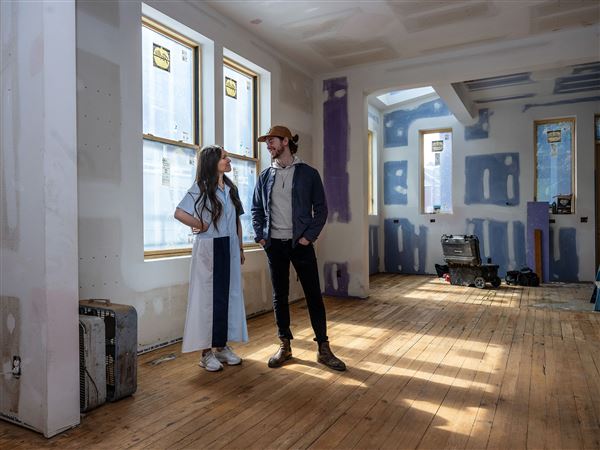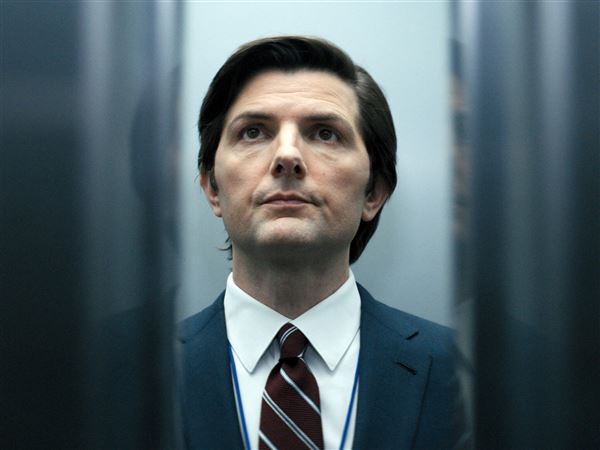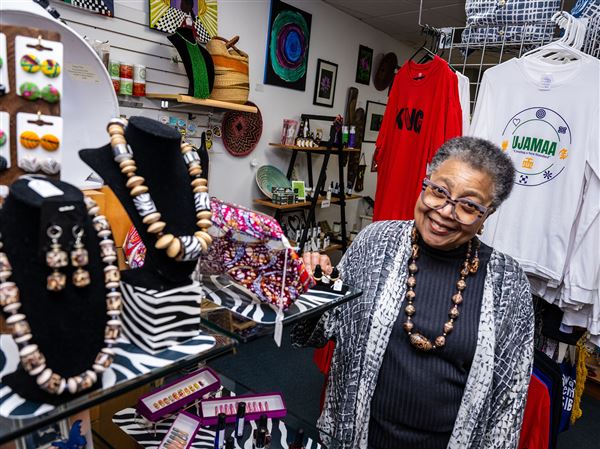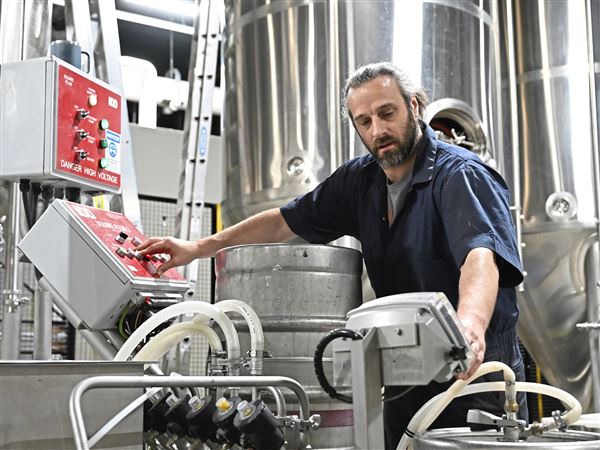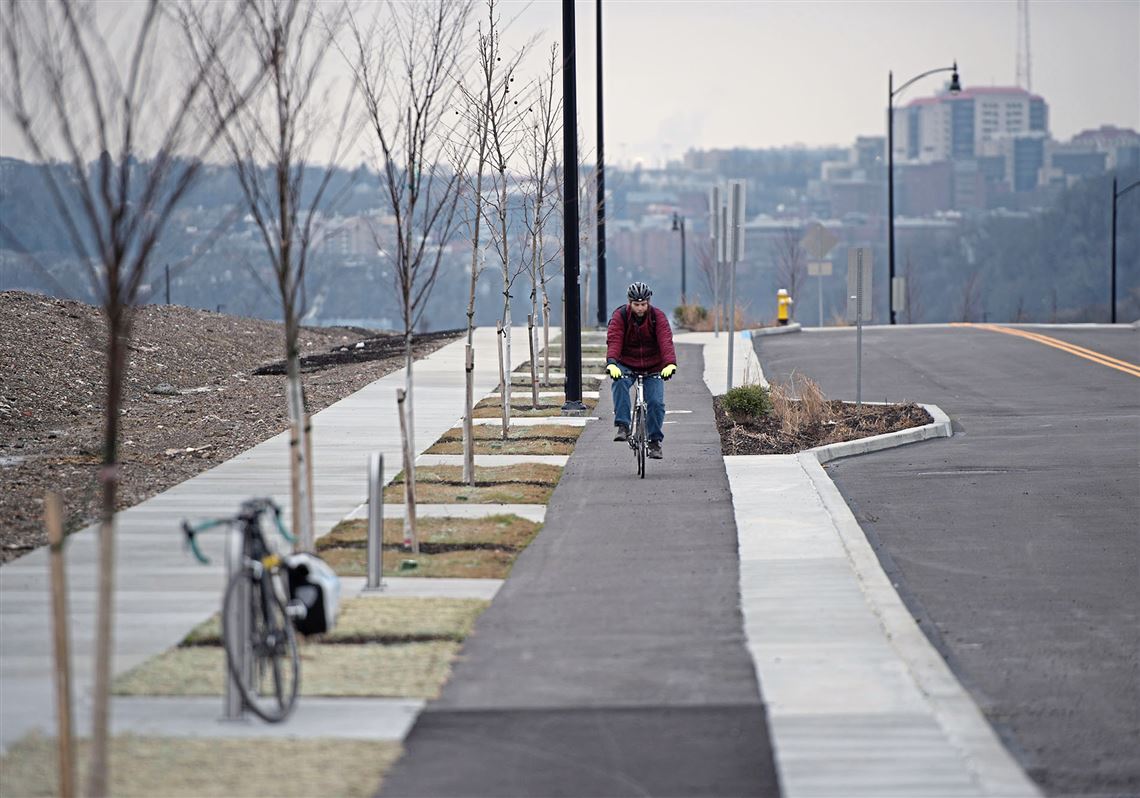The line that caught my attention in the news story “Simply getting around can be dangerous in some Allegheny County towns,” published on Monday, was “it’s important to come up with solutions that cater to people on foot and on bicycles, as well as those driving.”
This is what I see in Pittsburgh, as someone who lives here and has been an active transportation advocate in various cities for 30 years, most recently leading a Washington city’s Complete Streets project.
Change the guidelines
When working on a project like this, I apply a rule of three: Analyze the situation and select no more than three things that could make a significant impact. Three problems impede Pittsburgh’s development of Complete Streets — which the city describes on its website as creating “a road network designed for everyone” — and improving them could make the biggest impact on transportation here.
The first is the level of service (LoS) guideline. LoS guides engineers to design roads for the type of transportation used most frequently. Motor vehicles are the most popular. Consequently, when non-motorized solutions could be enhanced, they might be compromised if the Level of Service for motor vehicles falls below a certain threshold.
Eliminating LoS provides flexibility. Engineers can be more creative with their designs and support the needs of all road users. The changes will likely penalize motorists more than anyone else, mainly because streets designed for cars must be redesigned to accommodate non-motorized participants.
Limit free parking
The second is our liberal parking permit program. Virtually free parking permits encourage motorists to occupy space which could be allocated to transportation. Miles of street could likely be freed up for active transportation, if much of the free or cheap parking were eliminated. There is no doubt that this would create a lifestyle change that will require adjustment by motorists but I expect not as much as they imagine it will be.
The 2021 city review of the Parking Permit Program unfortunately did not fully address options for parking. Let me highlight an example that encouraged me to question our parking policy. My apartment includes a parking space for my one car. Yet I am still allowed to purchase a permit.
Most of my townhome neighbors are in a similar position. Even with available parking, our parking lot remains half empty. The street parking however on both sides is bumper to bumper since residents prefer to park in front of their townhome and avoid the longer walk from the parking lot.
Lots of factors need to be considered. For example, if an apartment building has X spaces, should the permits be limited to the total residents minus the spaces? Should people with driveways or garages qualify for permits?
How far should a person be expected to park and walk? Are there creative alternative parking options in neighborhoods on city or private lots? Lots of questions when a community moves to a Complete Streets effort.
Parking always proves to be a political hot potato. Any change will be met with loud objections, because parking is so important. But the current system needs to be challenged in light of our city’s Complete Street goals. The primary use for streets needs to be for moving vehicles. Motorists actually agree, but they do not want to compromise the space for parking they have been granted.
Plan for cyclists and walkers
The third problem is that our biggest employers encourage driving and discourage other ways of getting to their offices. Many generously sponsor active transportation at city wide events, but they do not place significant funding for their own internal employee or guest active transportation programs.
One major employer’s online transportation guidance, for example, does a great job of helping motorists get to their facilities. Their website provides motorists with directions from every direction of the city and information on where to park. A telephone number is provided if they have questions. If they need an escort or to charge their car battery, that information is online.
If you go by bus however, the site provides only a link to the bus schedule. If you bike or walk, don’t bother to go to the website. It gives no information on the best way to get there or where to park your bike. It offers no support for people with disabilities either.
The city and county need to encourage employers to develop an employee/guest active transportation effort. The businesses need to demand the city satisfy the infrastructure needs that will help get their clients and employees to their facilities by motor vehicle and by active transportation.
David Fine is is a retired business executive, former member of the board of directors of the Bicycle Federation of Wisconsin and an active transportation advocate.
First Published: June 21, 2024, 9:30 a.m.
